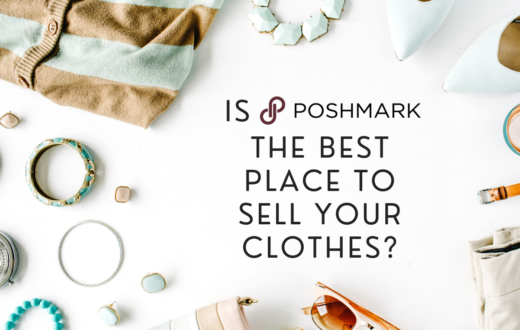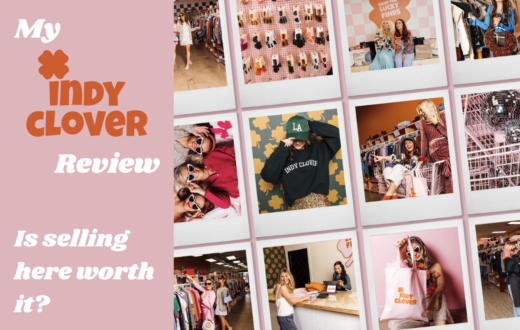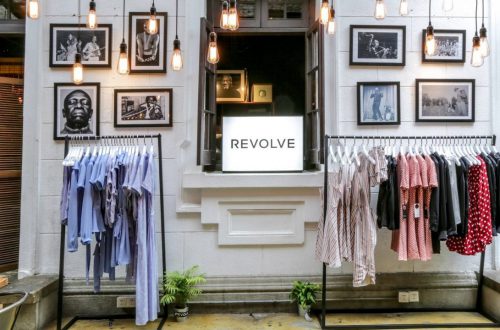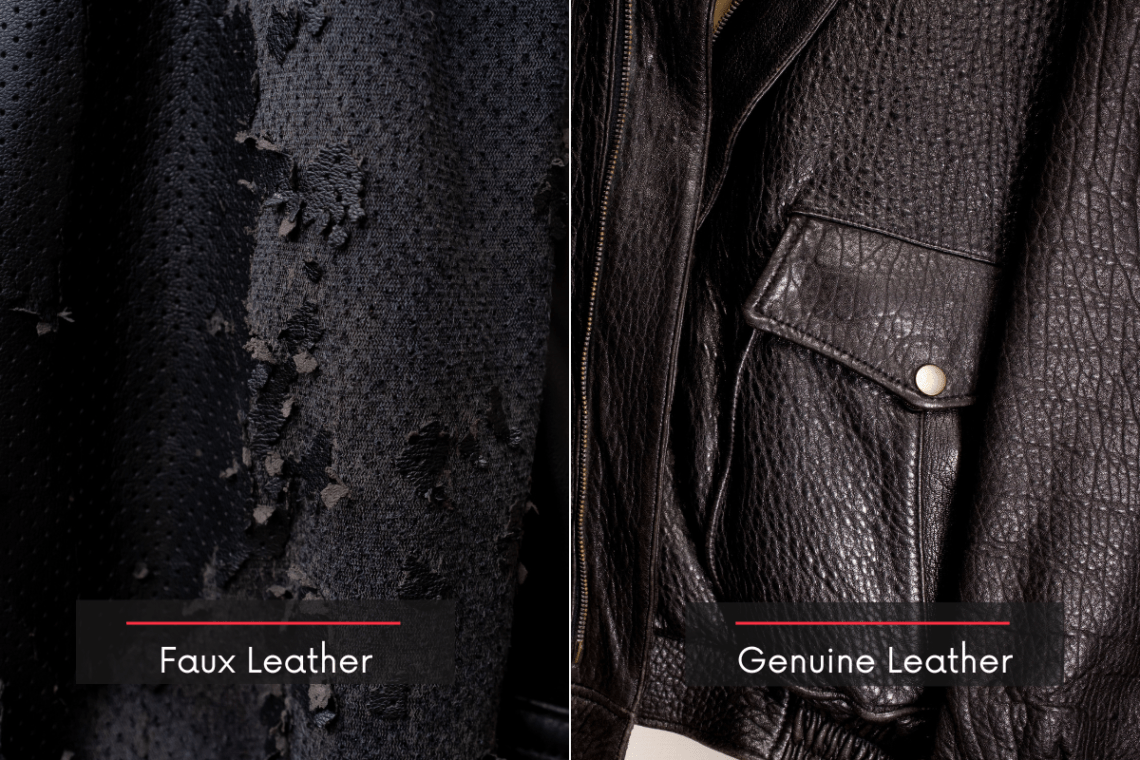
is faux leather durable? Here’s why I Avoid Faux Leather Shoes and Clothes
I made a choice a while back that has not only positively impacted the environment but also saved me from the frustrating cycle of replacing worn-out items. And that has been to avoid purchasing faux leather shoes, clothes or other faux type items. I’ve come to the conclusion that faux leather is not very durable with time as it’s genuine leather counterparts.
There’s a few reasons why I’ve chosen to steer clear of faux leather shoes and clothes. Trust me, it’s not just about the aesthetics – there’s a deeper reason behind my choice.

The Allure of Faux Leather
Let’s start by acknowledging the undeniable allure of faux leather. It’s sleek, stylish, and often more affordable than genuine leather. I get it; the temptation to grab those faux leather boots or that trendy jacket is real. I’ve been there too, standing in front of the mirror, thinking, “Wow, this looks so good!”

Unmasking the Environmental Impact
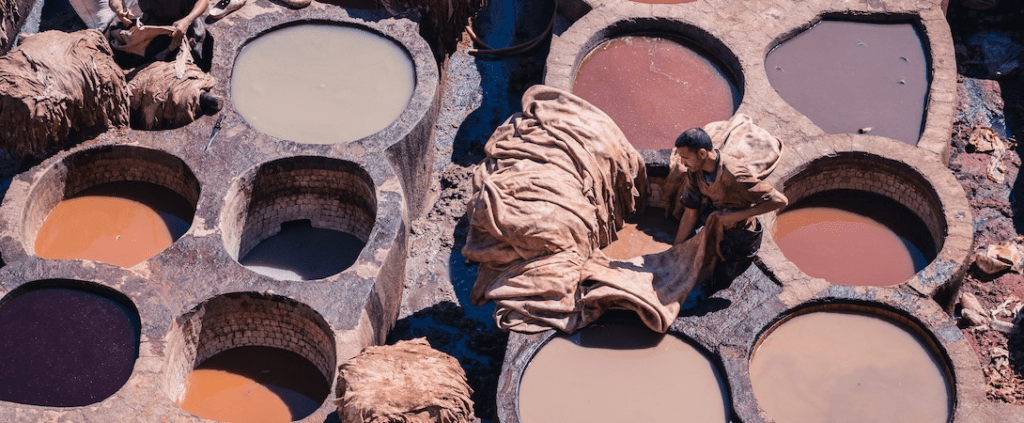
But then, my conscience started nudging me. I decided to dig a little deeper into the environmental impact of faux leather. Much to my surprise, the production of synthetic leather is far from eco-friendly. The process involves the use of various chemicals, including PVC and polyurethane, which are not exactly nature’s best friends. These not only pose a threat to the environment but also to the workers involved in the production. As someone who cares about the planet and the people on it, I decided to opt for more sustainable alternatives.

Moreover, the production of faux leather contributes to pollution, releasing harmful substances into the air and water. As someone who cares about the planet, this was a wake-up call for me.

Peeling and Flaking
One of the biggest issues I’ve encountered with faux leather is its tendency to peel or flake, especially under various weather conditions. Living in a place where the weather can be quite unpredictable, I found myself frustrated with how quickly my faux leather items deteriorated. It’s not just rain – even prolonged exposure to sunlight can cause the material to degrade.

What’s worse is that once faux leather starts to peel, there’s no turning back. Unlike genuine leather that can develop a beautiful patina over time, faux leather tends to look worn out and, let’s face it, a bit embarrassing. I’ve had my fair share of cringe-worthy moments when my faux leather jackets decided to shed their skin at the most inconvenient times.
And here’s the kicker – there’s no reliable way to fix it. With genuine leather, you can often restore and revive it with a bit of care and attention. Unfortunately, the same can’t be said for faux leather. Once it starts to peel, you’re left with a dilemma – do you continue wearing a deteriorating piece or do you face the inevitable and replace it?

More Costly in the long run
Speaking of replacement, that’s another aspect that pushed me away from faux leather. Sure, it might seem like an affordable option at first, but when you factor in the frequency at which you’ll need to replace these items, the costs add up. It’s a vicious cycle that not only hurts your wallet but also contributes to more waste in landfills.

Genuine Leather: Not Without Issues
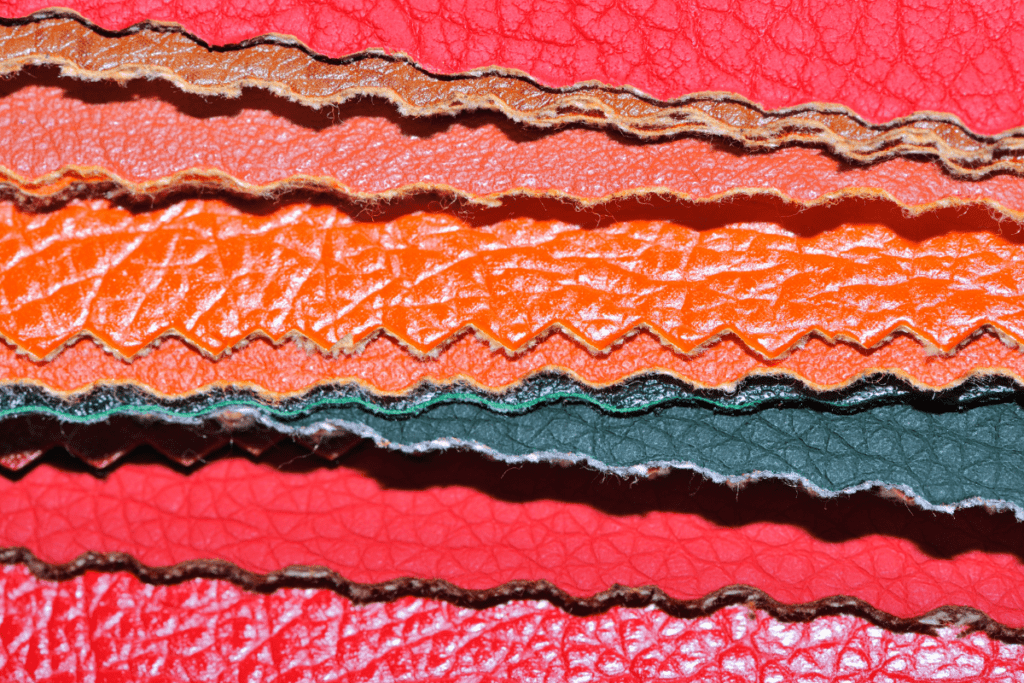
Now, you might be wondering, “What about genuine leather?” It’s true; the leather industry has its own set of problems, from deforestation to unethical treatment of animals. However, I found that opting for ethically sourced leather can address some of these concerns. Brands that prioritize sustainable and humane practices in their leather production caught my attention.
While genuine leather may come with a higher upfront cost, the durability and longevity more than make up for it in the long run. Plus, knowing that my choices aren’t harming the environment gives me a sense of satisfaction.

Embracing Sustainable Alternatives
My journey toward more sustainable fashion didn’t end with abandoning faux leather. I started exploring alternative materials like cork, mushroom leather (yes, that’s a thing!), and plant-based options. These materials not only reduce the environmental impact but also offer unique textures and styles that set them apart from traditional leather and faux alternatives.

Quality Over Quantity
Another reason I steer clear of faux leather is the issue of durability. While synthetic options may seem like a cost-effective choice initially, they often wear out faster than genuine leather. Investing in quality, ethically produced leather items means fewer replacements and less waste in the long run.

Conclusion: A Conscious Choice
In conclusion, my decision to avoid faux leather isn’t about being a fashion snob or passing judgment. It’s a conscious choice driven by a desire to align my style with my values. I believe that we can enjoy fashion without compromising our commitment to the environment and ethical practices.
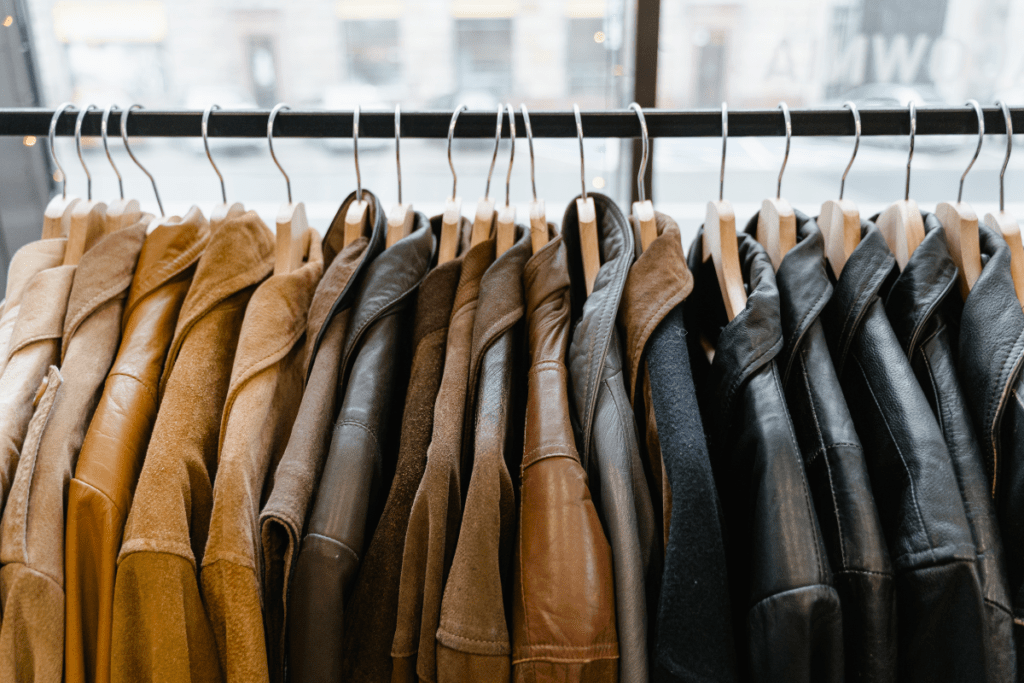
Not only am I contributing to a more sustainable fashion industry, but I’m also enjoying the benefits of durable and timeless pieces that withstand the test of time and weather. It’s a win-win situation, and I encourage you to consider making the switch too. Your wardrobe – and the planet – will thank you!
So, the next time you’re eyeing those faux leather finds, consider the bigger picture. Fashion can be a powerful tool for positive change, and by making informed choices, we can contribute to a more sustainable and stylish world. Cheers to a wardrobe that reflects not just our personalities but also our principles!

